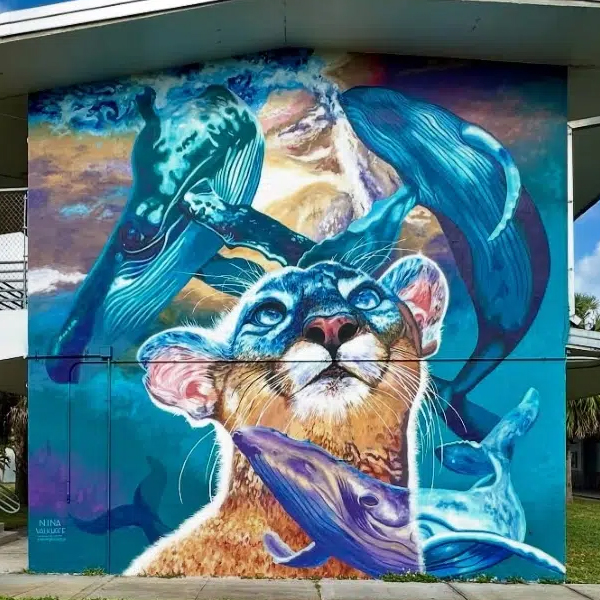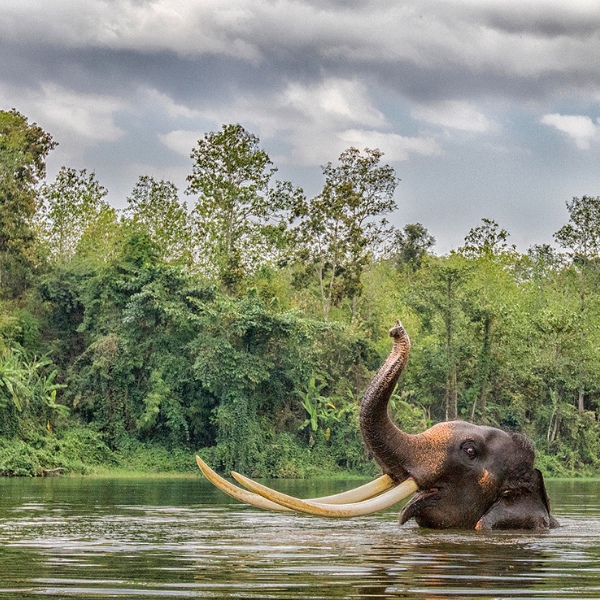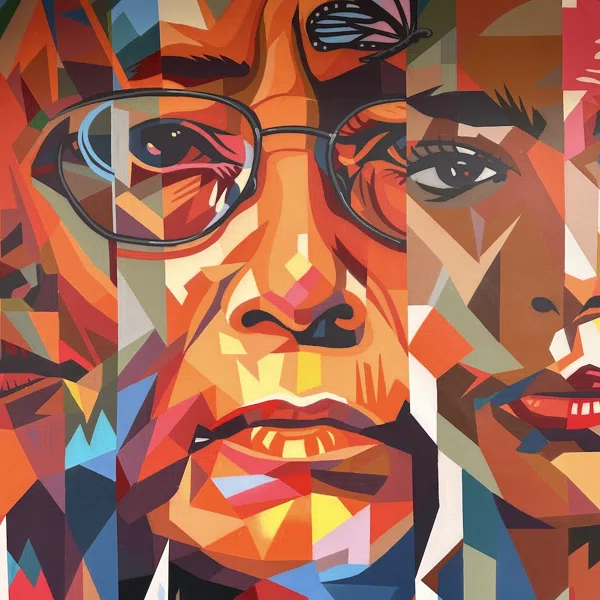
Ladakh woman from India.
Italian photographer Mattia Passarini has been living in Asia since 2006, where he is able to document some of the little-known cultures that populate the area. His passion for photographing the habits, rituals, and traditions of disappearing cultures netted him a 2016 National Geographic Travel Photographer of the Year Award.
His stunning images capture the spirit of these rapidly diminishing cultures, and he’s pushed himself to travel to areas that few dare discover. Whether it be the Bambuti, one of the oldest indigenous people of the Congo, or the Lolo people of China, Vietnam, and Thailand, his work is a precious testament to these cultures.
As the Western world becomes increasingly globalized, connected through mass media and technology, the fierce individuality shown in Passarini’s work reminds us to value that which is unique. Traditional dress, tattoos, ornate jewelry, and body modification are proudly displayed in the intimate photographs. This ability to forge a connection with his subjects and fold himself into their world distinguishes Passarini’s work from the field.
We were lucky enough to exchange words with Passarini about his work, what he’s learned, and where he’s going. Read on below for our exclusive interview.

Girl from Long Horn Miao ethnic group, which is recognized by the government of China as one of the 55 official minority groups.
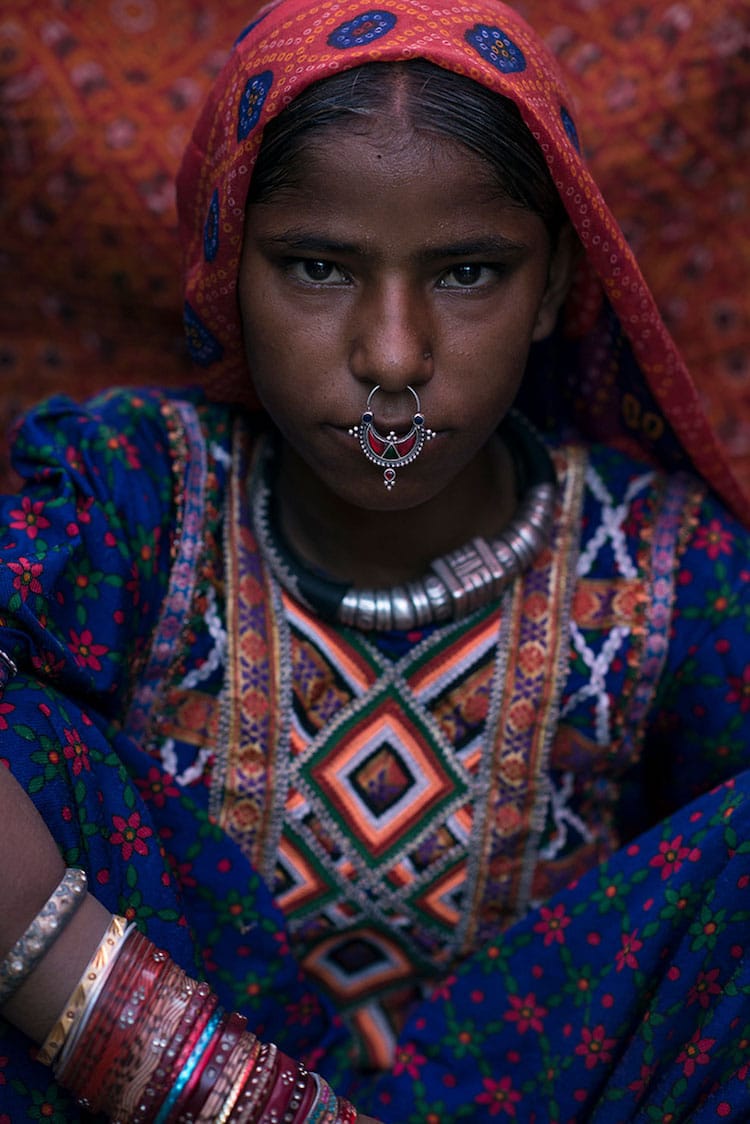
Jats of Kutch from West India.
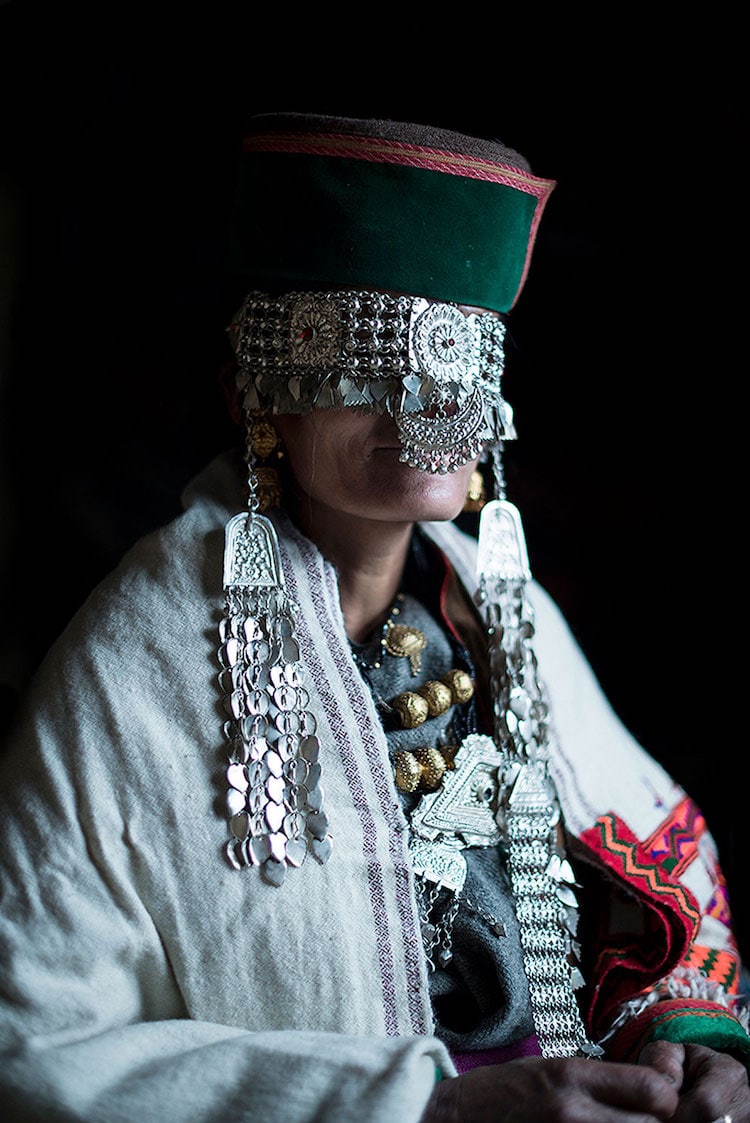
Woman from the Kinnaura tribal community.
What pushed you to spend the majority of your time in Asia?
I’ve been living in Asia since 2006 and the majority of my trips have been concentrated in this area. It’s a part of the world that has many little-known cultures.
How do you go about creating a rapport with your subjects, especially given language barriers?
I don’t think that language is a problem—it’s more important what you are able to transmit. Usually I try to spend a few days with the different tribes. Once their curiosity has passed, you become invisible and it’s in that moment that you’re able to photograph them in their most natural state.
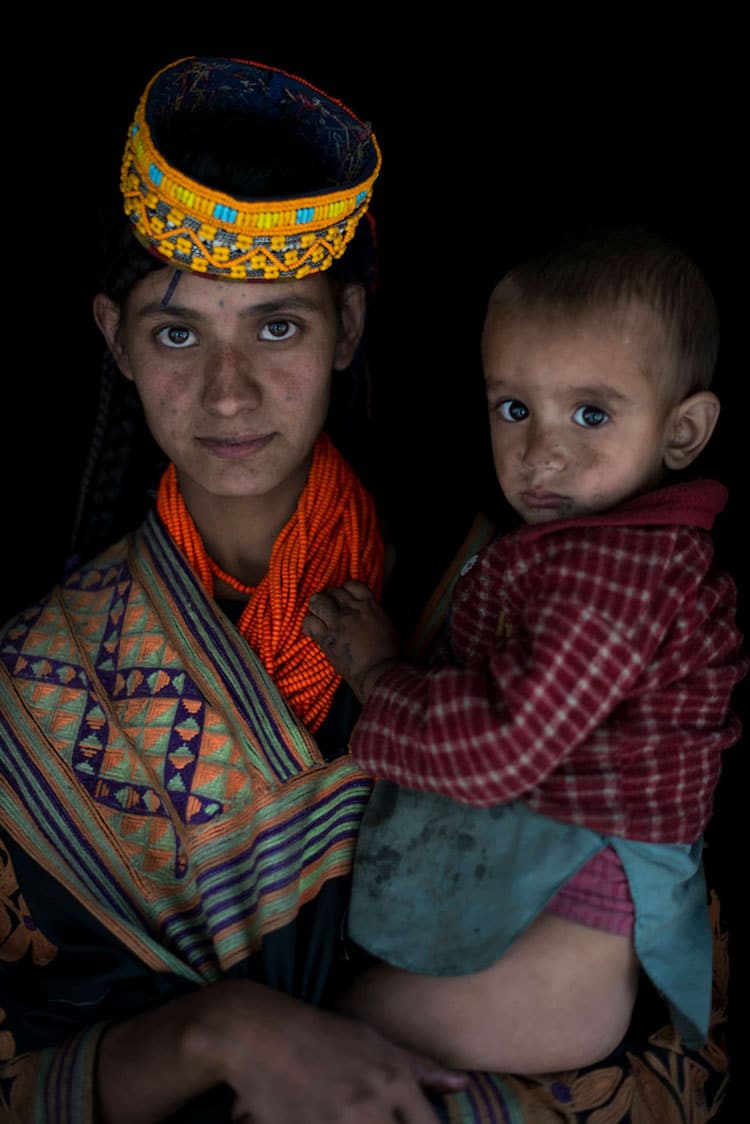
Kalash people of Pakistan.
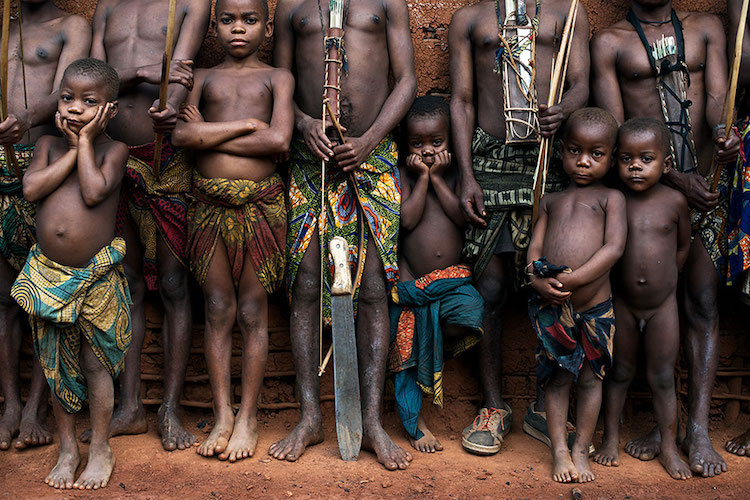
Bambuti pygmy group of the Democratic Republic of the Congo.
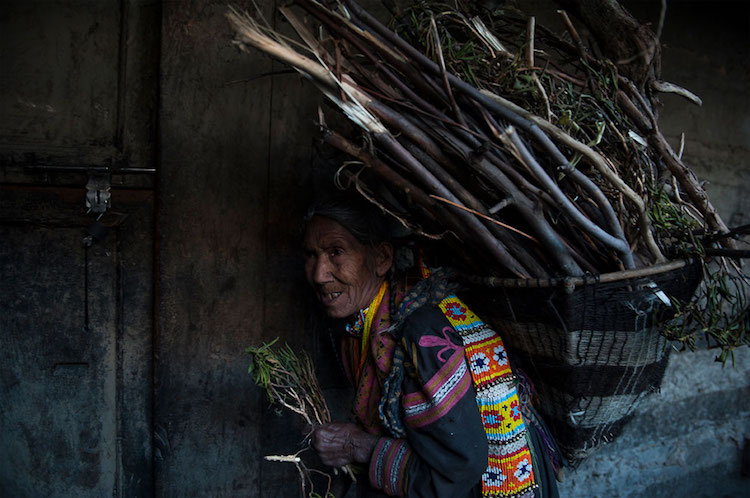
Kalash woman from Pakistan.
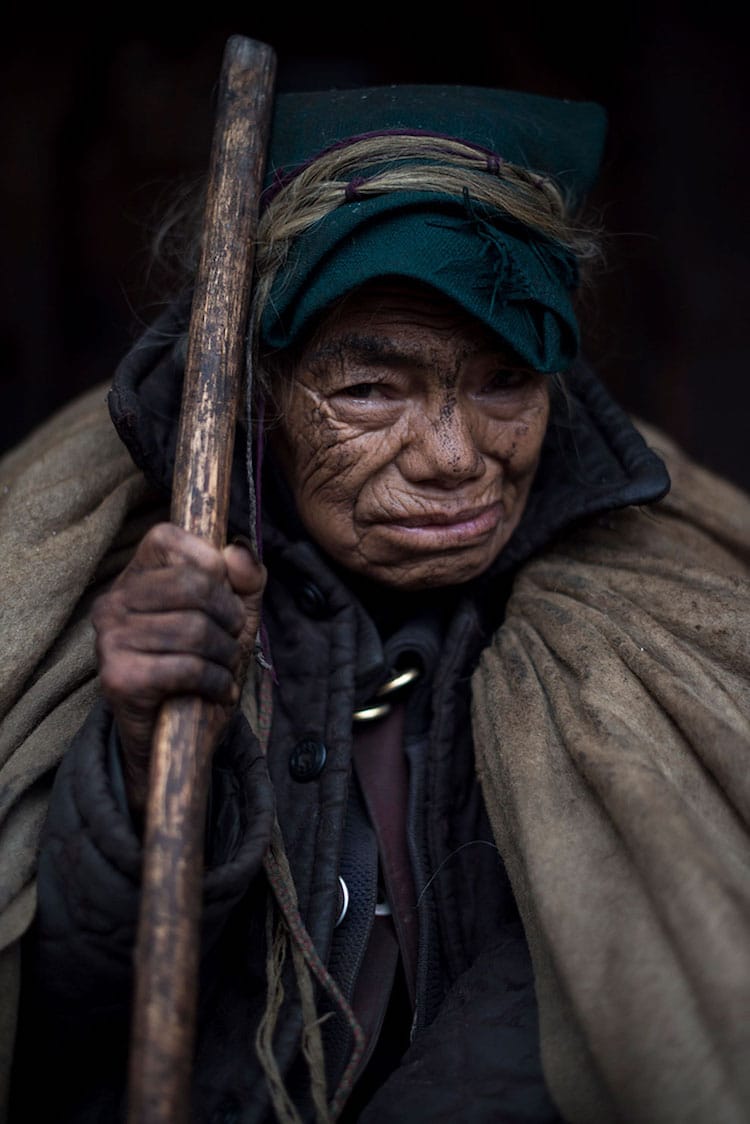
Yi (or Lolo) woman, an ethnic group in China, Vietnam, and Thailand.
Of all the different cultures you’ve photographed, is there one that has stayed with you?
All the remote peoples I have met are interesting people but maybe the most fascinating people that I have met are the Yali tribe, which live in very remote area in West Papua only reachable after 7 days on foot across the Yalimo mountain. These people are still very traditional, and really just few “crazy” people per year decide to go there to see them.
Why has documenting cultural characteristics—like tattoos or body modification—become an important part of your work?
I’m interested in traditions that are disappearing. I want to see them with my own eyes.
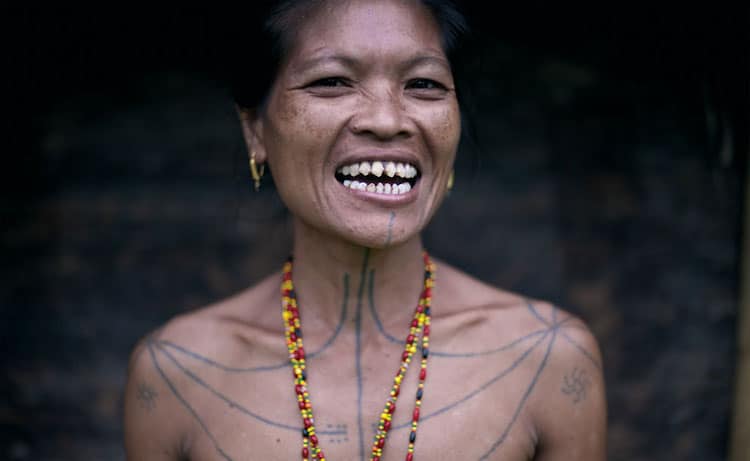
Mentawai woman of the Siberut islands.

Kenyah woman from Borneo.
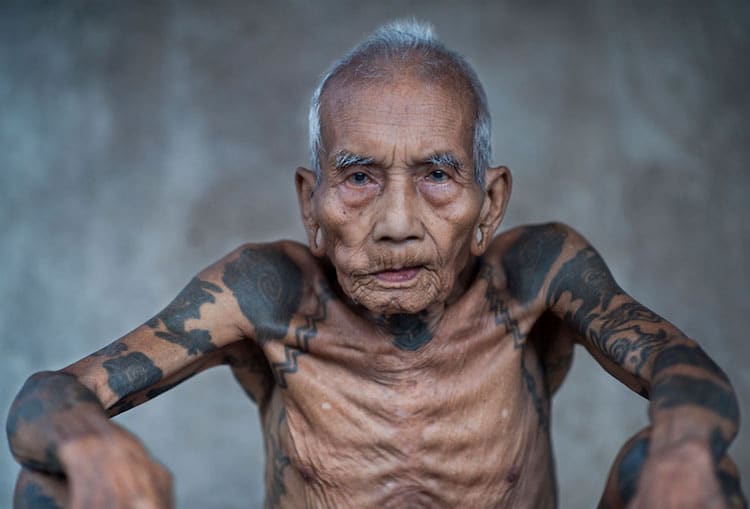
Iban man from Malaysia.
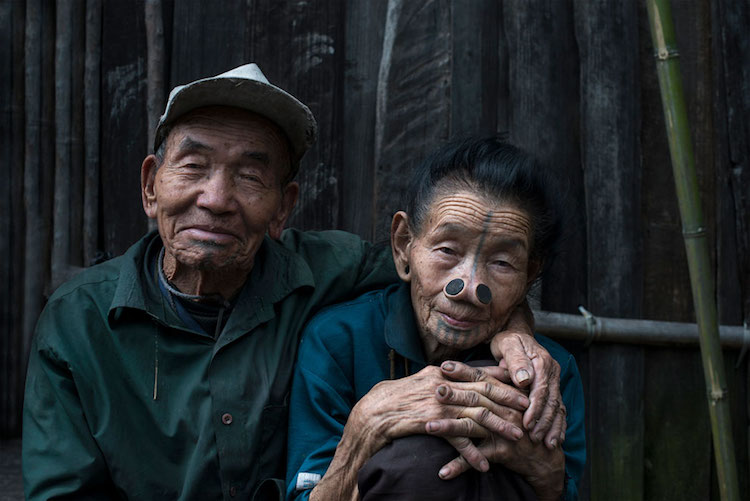
Members of the Apatani tribal group from northeast India
Do you find it at all difficult to move between our modern, technology world, and these largely “disconnected” groups?
This is one of the reasons I like traveling in remote places where there is no connection—where globalization still hasn’t arrived. The people are still tied to human relationships, and nature plays a fundamental role in their daily lives.
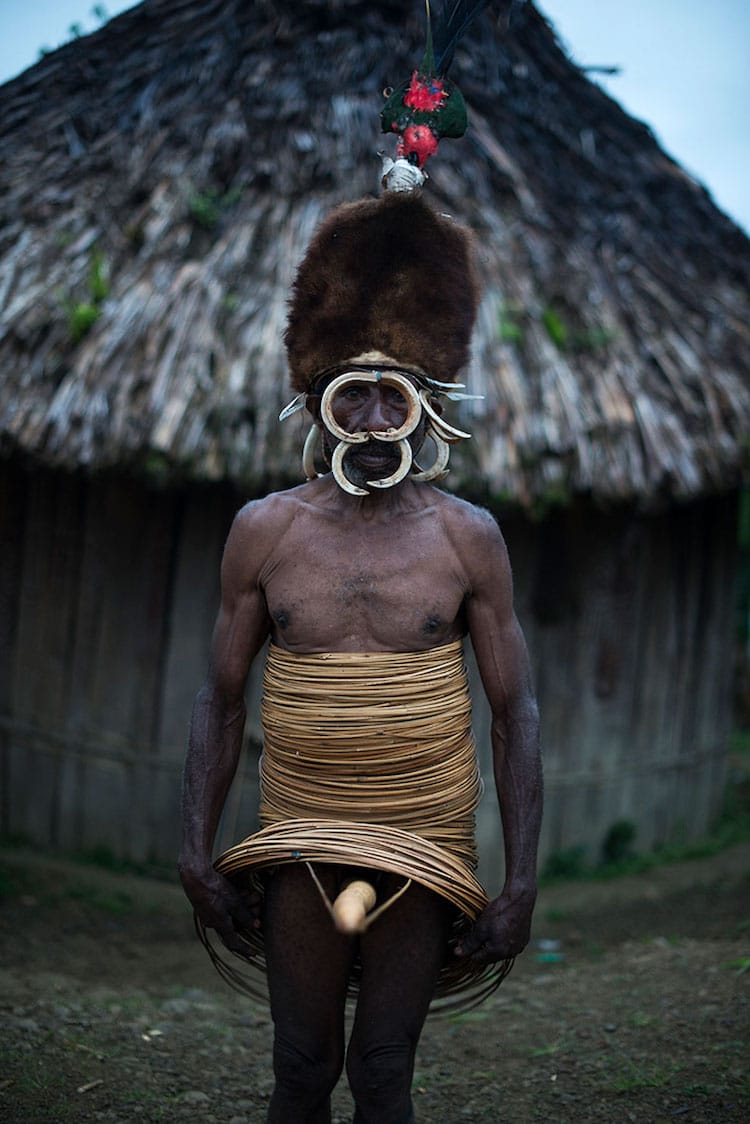
Man from the Yali tribe.
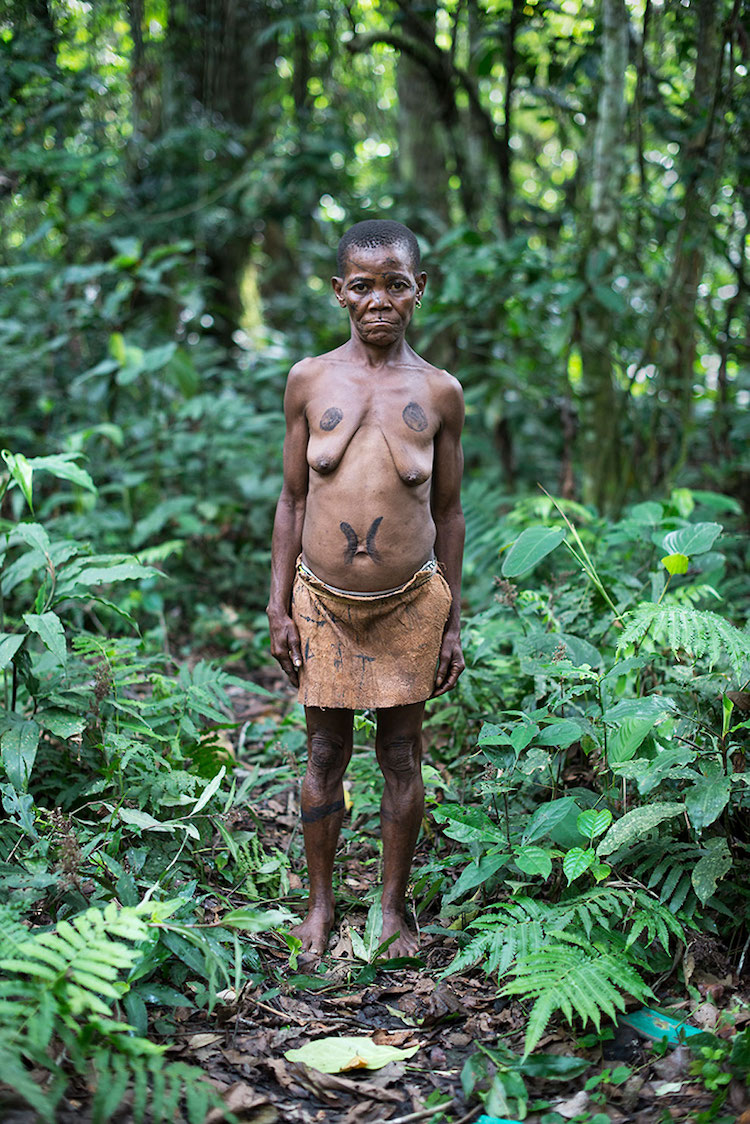
Member of the Bambuti pygmy group.
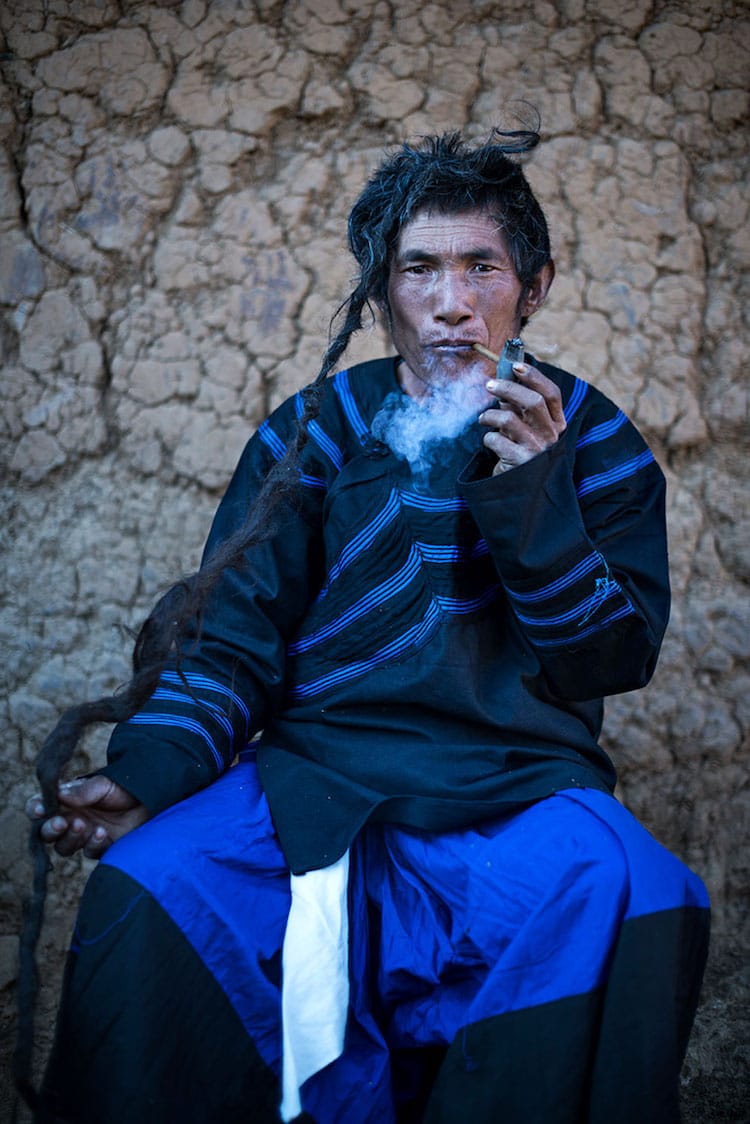
Yi (or Lolo) man.
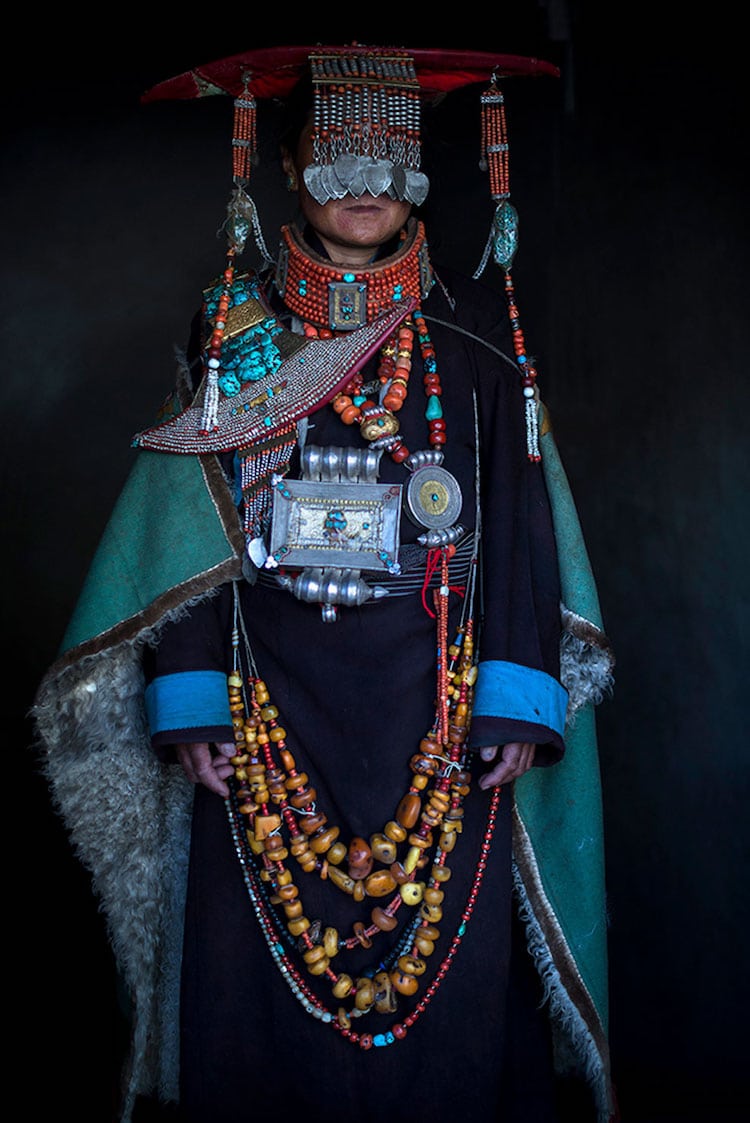
Kejia village in Burang county.
What sort of equipment do you use?
I travel light. I don’t use flash, a tripod, or other equipment. Usually I bring two camera bodies, two lenses, and a film camera.
Any future projects that we should know about?
I’m working on a few projects, such as something in India and Nepal.

Drokpa woman from northern India.
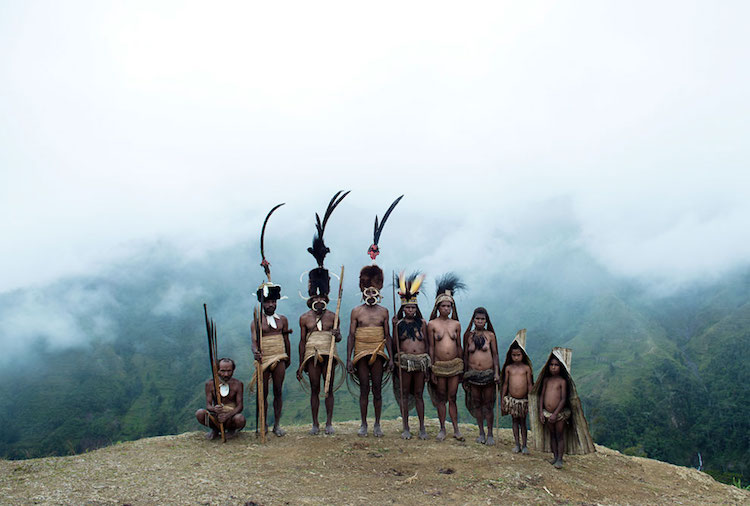
Yali tribe.
Mattia Passarini: Website | Facebook | Instagram
My Modern Met granted permission to use photos by Mattia Passarini.















































































